9 Cheap Fish To Buy And 9 To Avoid

Choosing fish can be a daunting task, especially when trying to balance cost, flavor, and sustainability. This guide explores nine budget-friendly fish options that are nutritious and tasty, alongside nine that should be approached with caution due to potential health or environmental concerns. Let’s delve into the world of seafood with a list that helps you make informed choices at the market.
1. Canned Sardines
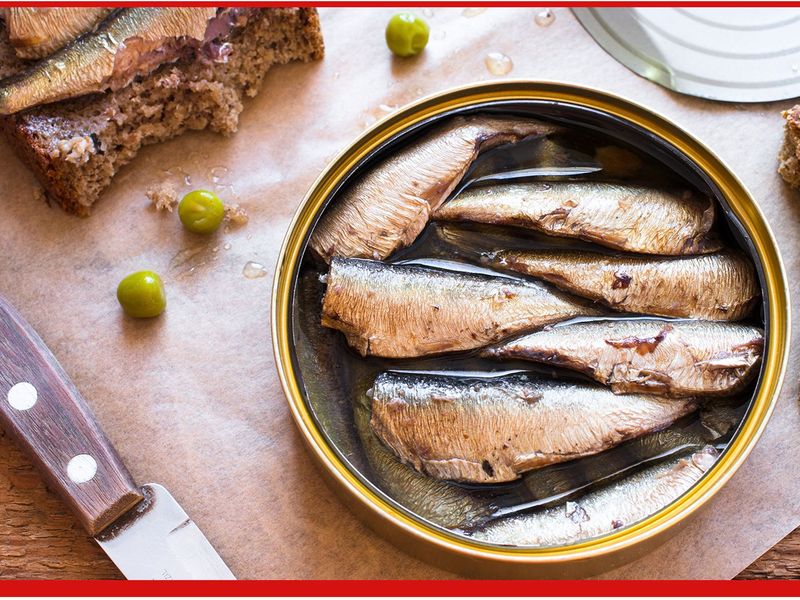
Sardines often come canned, offering a robust flavor packed with rich nutrients. They are not only affordable but are also an excellent source of omega-3 fatty acids, making them a heart-healthy choice. Imagine savoring them on crispy toast with a squeeze of lemon.
Their shelf stability adds convenience, ensuring you always have a nutritious meal option on hand. Whether tossed in salads or paired with crackers, sardines make a versatile addition to meals. Fun fact: In some cultures, they are a traditional breakfast dish, often enjoyed with a splash of olive oil.
2. Canned Mackerel
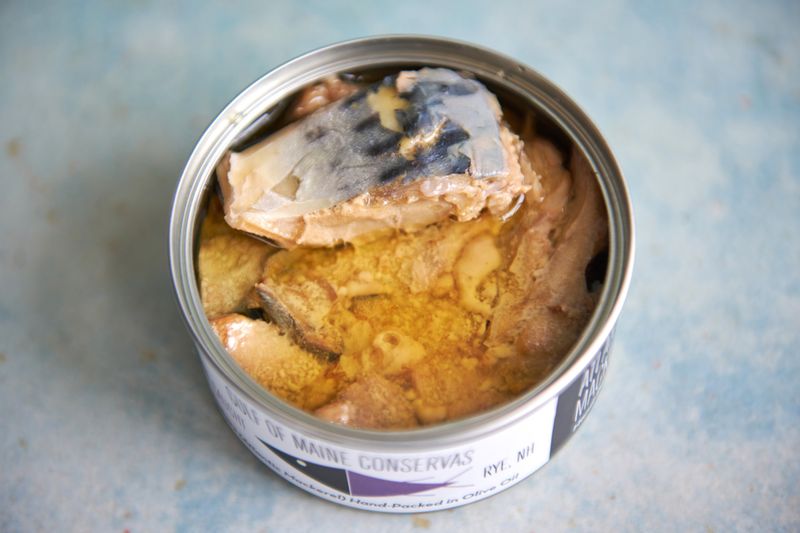
Mackerel’s mild yet meaty flavor makes it a delightful addition to any meal. Canned mackerel is economically priced, making it a budget-friendly staple in many households. Its rich nutrient profile provides essential vitamins and minerals.
Perfect for sandwiches or pasta dishes, it offers a quick and nutritious meal solution. Have you tried mackerel in a creamy pasta sauce? It’s a culinary delight! The convenience of canned fish ensures you can whip up a feast without much fuss. A real winner for those who love versatile and healthy options.
3. Pollock
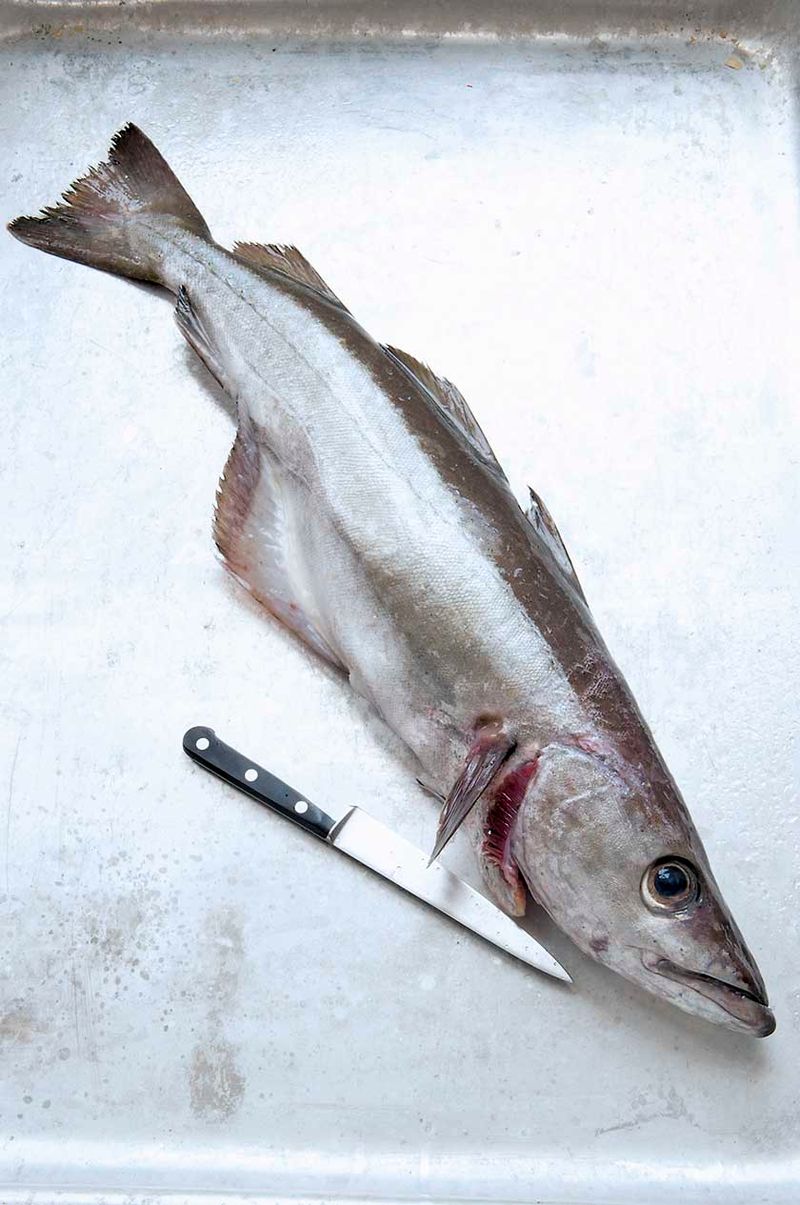
Pollock is often found in fish sticks and imitation crab, making it a familiar choice in many households. Its mild taste and flaky texture lend well to various dishes, from fish tacos to creamy chowders.
Pollock is sustainably fished, which adds to its appeal as a responsible choice for the environmentally conscious. It’s an economical option that doesn’t compromise on flavor. Did you know that pollock is often used in fast-food fish sandwiches? It’s a testament to its widespread popularity and versatility in the kitchen.
4. Tilapia
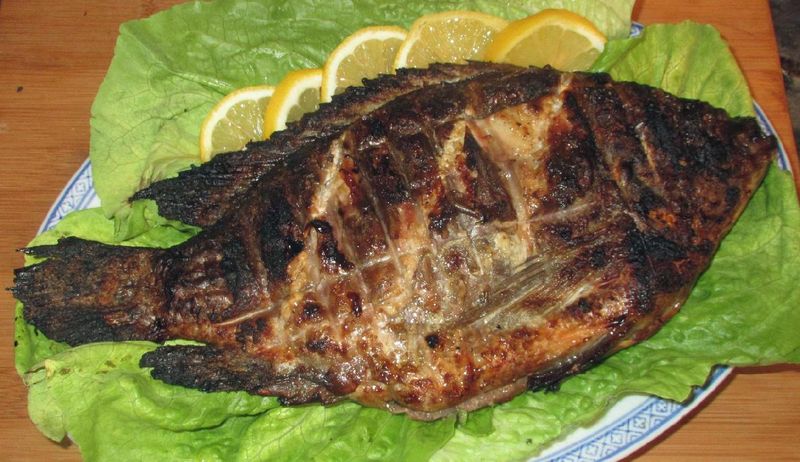
Tilapia is a budget-friendly fish known for its mild flavor and adaptability in cooking. It’s best when seasoned or marinated to enhance its subtle taste, making it a favorite in kitchens worldwide.
Its affordability makes it accessible, while its versatility ensures it can be prepared in countless ways. Whether grilled, baked, or fried, tilapia promises a satisfying meal. Originating from Africa, tilapia has become a global favorite. It’s often featured in family gatherings and barbecues, highlighting its role as a communal food.
5. Swai
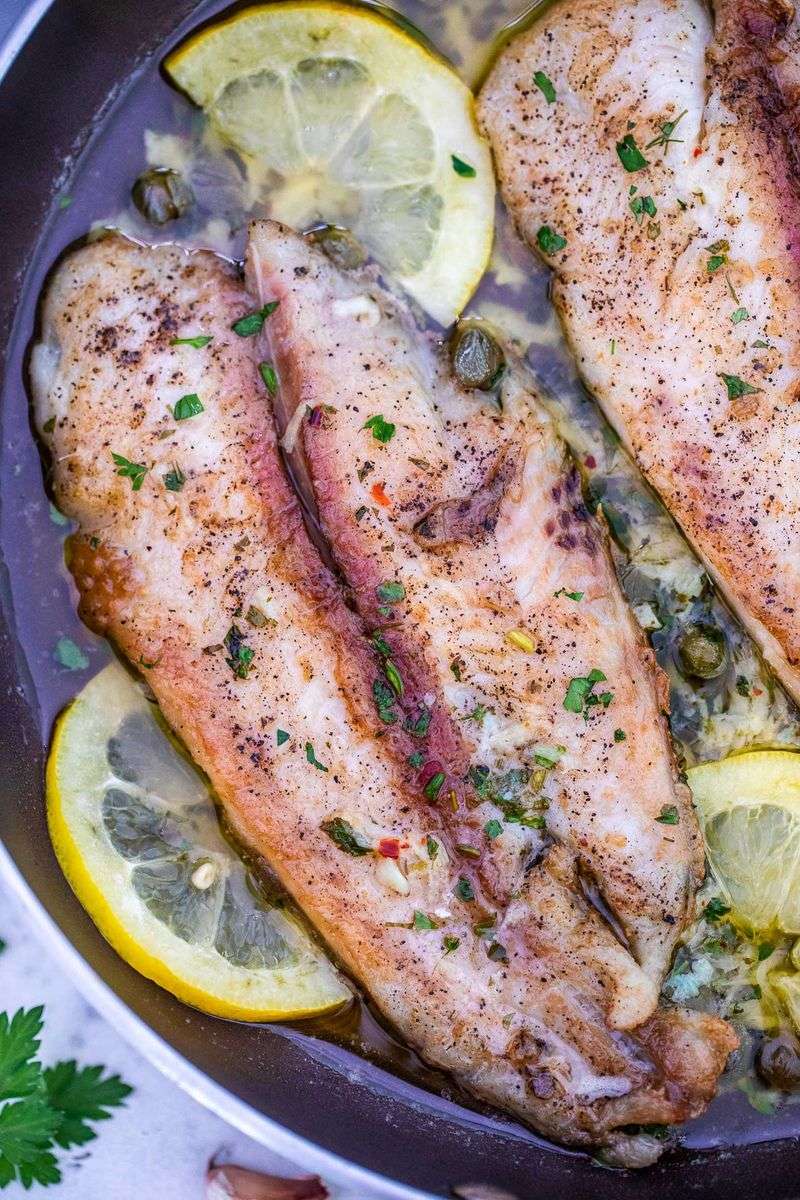
Swai, also known as pangasius, is a soft, white-fleshed fish that’s easy on the wallet. Sold primarily frozen, it holds up well in a variety of dishes, especially those with sauces or spices.
Its texture is tender, making it ideal for frying or incorporating into curries. Swai’s affordability makes it a regular feature in budget-conscious households. A fun fact: Swai is a staple in Vietnamese cuisine, where it’s commonly grilled and served with fresh herbs and rice. It’s truly a versatile and international favorite.
6. Catfish

Catfish, especially farmed U.S. varieties, offers a mild and firm texture perfect for grilling or frying. Its taste is distinct, often described as earthy or nutty, and pairs well with bold spices.
Economically priced, catfish is a staple in Southern cuisine, where it’s often deep-fried and served with coleslaw. Picture a warm summer day with family, enjoying a catfish fry by the lake. It’s more than just a meal; it’s a tradition. Catfish’s unique flavor and texture make it a beloved choice for many.
7. Herring
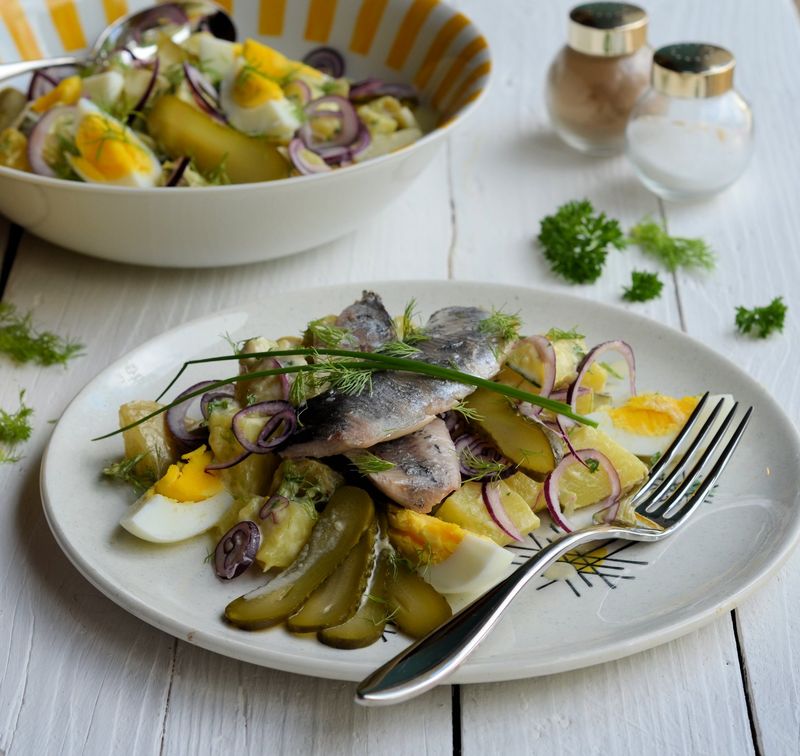
Herring, especially pickled or smoked, is both economical and rich in omega-3s. Its bold, tangy flavor, often enjoyed in sandwiches or cold plates, makes it a unique addition to any meal.
This fish has a storied history in many European cuisines, often celebrated in festivals and traditional dishes. Imagine a platter of herring at a festive gathering, shared among friends. Its nutritional benefits and distinctive taste make it a cherished choice. Did you know herring was once used as currency in medieval times? It’s a fish with tales to tell.
8. Frozen Cod Fillets
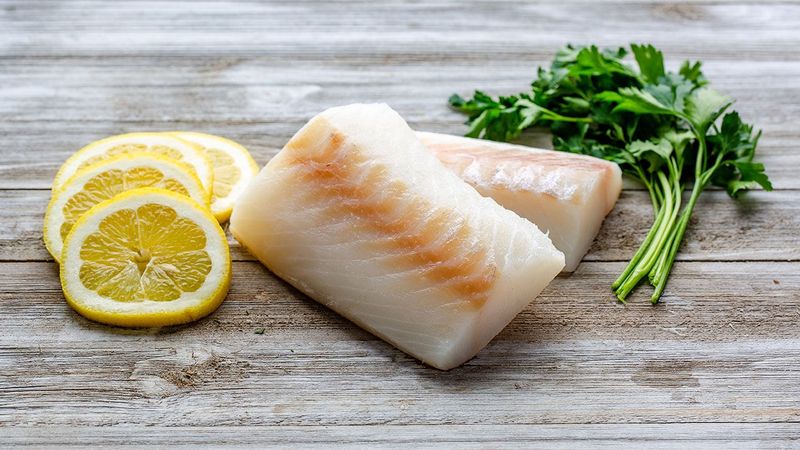
Frozen cod fillets are often bought in bulk, making them a cost-effective choice for large households. Their mild flavor and flaky texture make them ideal for a variety of recipes.
From fish tacos to hearty stews, cod’s versatility is unmatched. It’s a favorite in many kitchens, offering a blank canvas for culinary creativity. Fun fact: Cod has been a staple in Atlantic diets for centuries, often salted for preservation. It’s a testament to its enduring appeal and adaptability in cooking.
9. Canned Tuna (Chunk light)
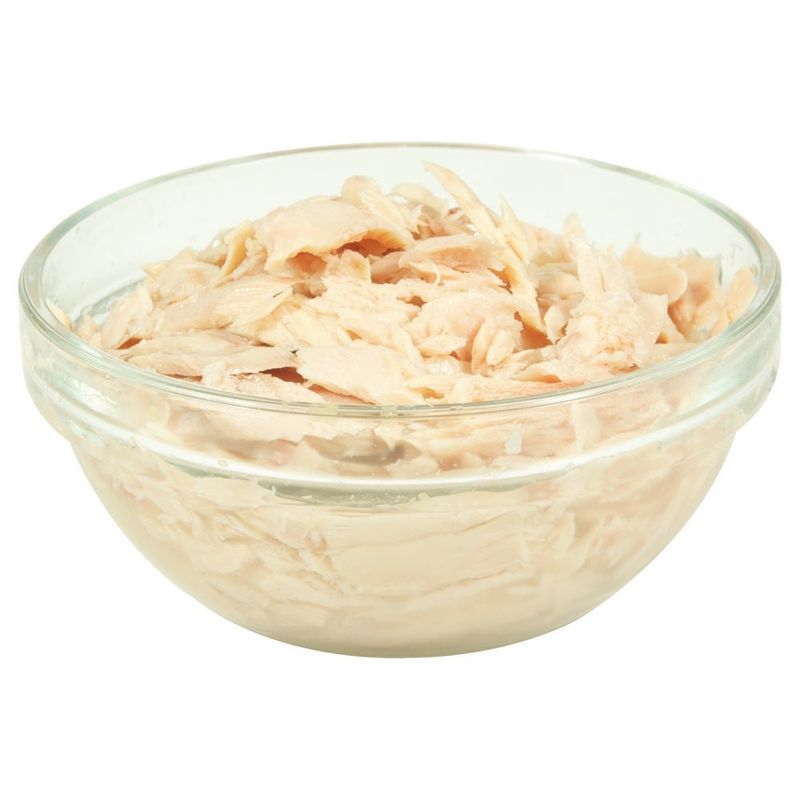
Canned tuna, especially the chunk light variety, is a pantry staple in many homes. It’s affordable, protein-rich, and comes in handy for quick meals and snacks.
Whether in sandwiches, salads, or pasta, its presence is felt universally. Did you know tuna fishing supports millions of livelihoods worldwide? It’s more than just a food; it’s a global industry. Canned tuna’s convenience and nutritional value make it an indispensable part of modern cuisine. Its adaptability ensures it remains a favorite across cultures.
10. Imported Pangasius
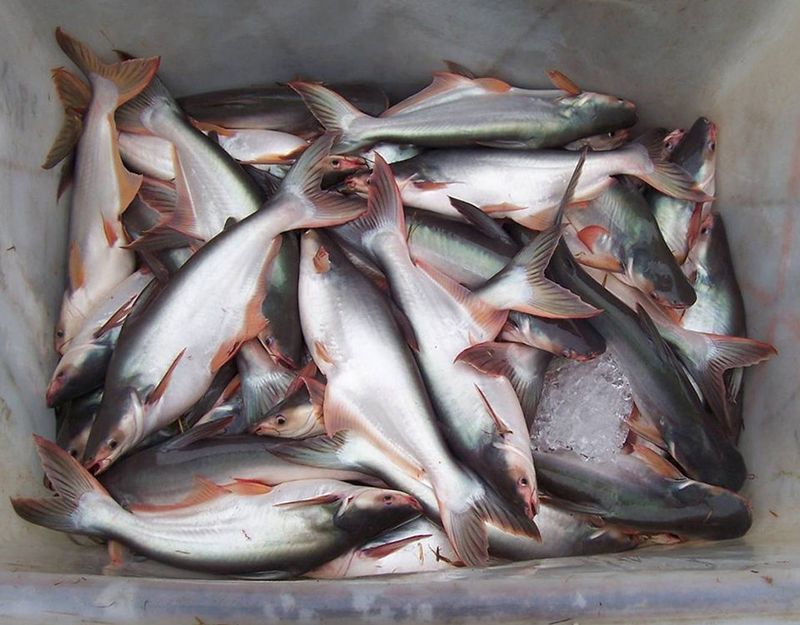
Imported pangasius, often farmed in unregulated conditions, poses significant health risks. Concerns over contamination and poor farming practices make it a fish best avoided unless sourced from reputable suppliers.
While it might be tempting due to its low price, the potential dangers outweigh the benefits. Imagine wading through murky waters, uncertain of what’s beneath. Buying pangasius from trusted sources ensures safety and quality. Awareness of these issues helps consumers make informed choices, prioritizing health over cost.
11. Imported Tilapia

Tilapia imported from China or Vietnam often raises eyebrows due to questionable farming conditions. Poor water quality and lack of regulation compromise safety, making it a fish to approach with caution.
Opt for U.S. or Latin American-sourced tilapia for a safer bet. Picture standing by a murky pond, uncertain of the fish’s quality. Imported tilapia, though cheap, may carry hidden risks. Consumers are encouraged to prioritize sustainability and safety when making choices, ensuring peace of mind with every bite.
12. Farmed Salmon
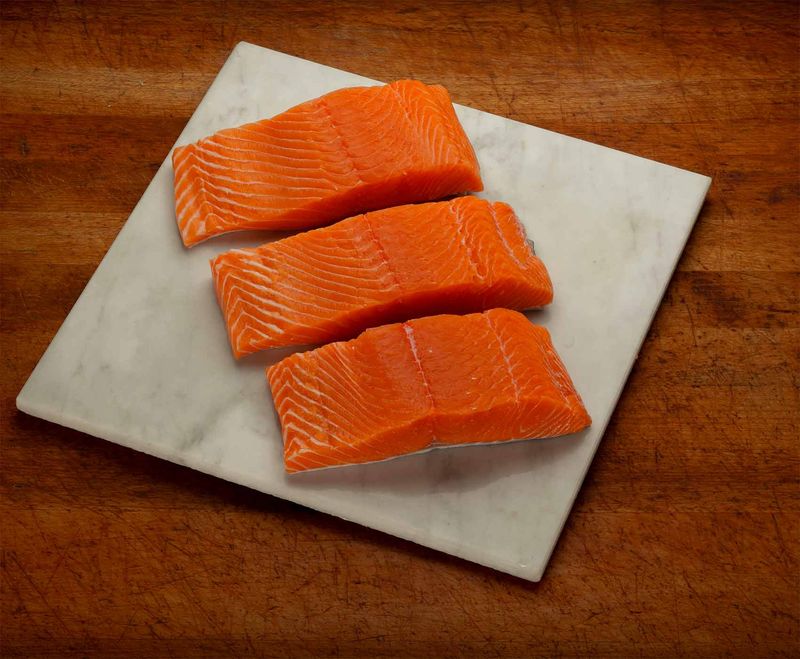
Farmed salmon from Chile or China often contains high levels of antibiotics or pollutants, making it a risky option. The environmental impact of such farming practices further adds to its questionable reputation.
Consider the image of cramped, polluted waters, teeming with fish under stress. Opting for wild-caught or sustainably farmed salmon ensures a healthier, more responsible choice. The allure of cheap salmon may tempt, but informed consumers recognize the importance of choosing quality over cost.
13. Shark
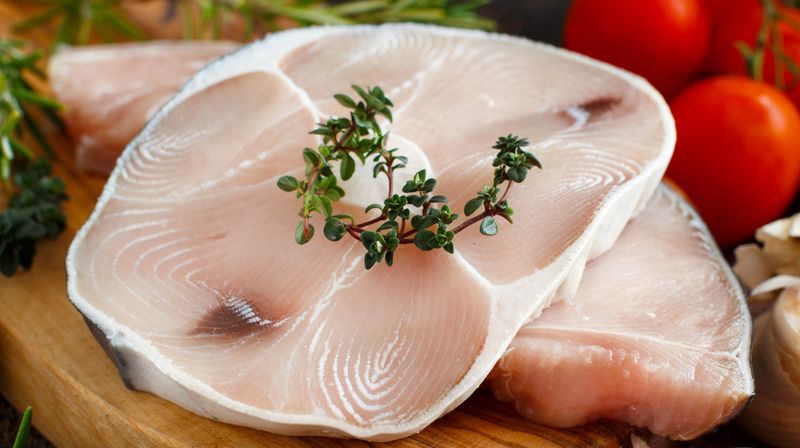
Shark meat is often high in mercury and is primarily sourced from overfished populations. These factors make it a controversial choice in today’s seafood market.
Visualize a majestic shark in the ocean, unaware of the threats posed by human consumption. It’s a reminder of the delicate balance between nature and industry. Consumers should be wary of the environmental and health risks associated with shark meat. Choosing alternative, sustainable options protects both human health and marine ecosystems, ensuring a balanced approach to seafood consumption.
14. King Mackerel

King mackerel, known for its high mercury content, poses a significant health risk, particularly to children and pregnant women. Despite its low price, the dangers far outweigh the benefits.
Picture a bustling fish market, with king mackerel glistening under bright lights, a hidden warning in its sheen. Consumers should heed these warnings, prioritizing health over cost. Seeking alternative fish like sardines or mackerel ensures a safer, more responsible choice. Awareness and informed decisions are key to navigating the complexities of seafood consumption.
15. Orange Roughy

Orange roughy, while occasionally inexpensive, is highly overfished and contains elevated mercury levels due to its long lifespan. These factors contribute to its controversial status among seafood choices.
Envision the deep ocean where orange roughy dwell, a species under threat from overfishing practices. Consumers are urged to consider the ecological impact and health risks before purchase. Opting for more sustainable fish supports both personal well-being and environmental conservation. It’s a choice that resonates beyond the dinner table.
16. Atlantic Cod

Atlantic cod’s once-plentiful stocks have been severely depleted, making sustainable certification crucial when purchasing. Overfishing has led to significant population declines, raising concerns about its future.
Imagine a sprawling ocean, once teeming with cod, now facing scarcity. It’s a call to action for consumers to choose responsibly, ensuring their purchases support sustainable practices. Opting for certified cod products can help restore balance to the marine ecosystem. It’s a commitment to conservation and quality, benefiting both environment and consumer.
17. Escolar
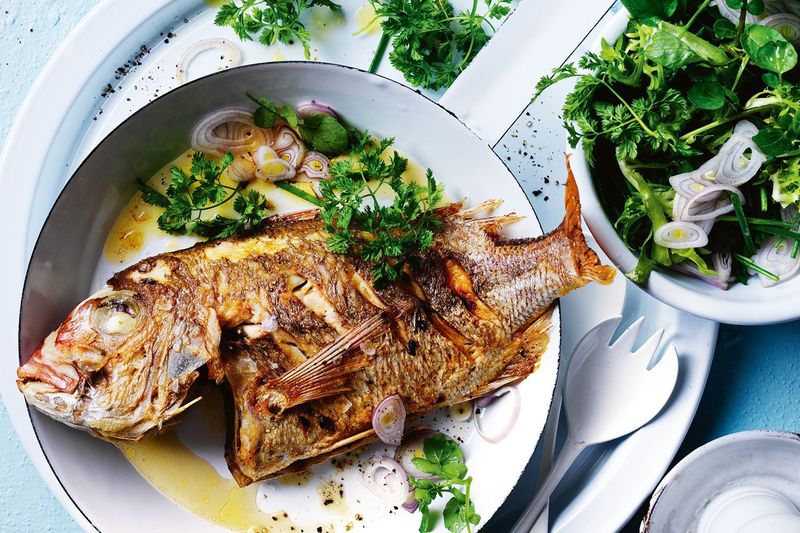
Escolar, often mislabeled as “white tuna,” is inexpensive and buttery but may cause digestive issues due to indigestible wax esters. This makes it a risky choice for many consumers.
Visualize a seemingly appetizing dish, with hidden warnings of potential discomfort. Awareness of the risks associated with escolar aids in making informed dining decisions. Seeking alternative, safer options ensures a pleasurable and secure culinary experience. Educating consumers about such pitfalls is crucial for fostering a mindful seafood market.
18. Grouper
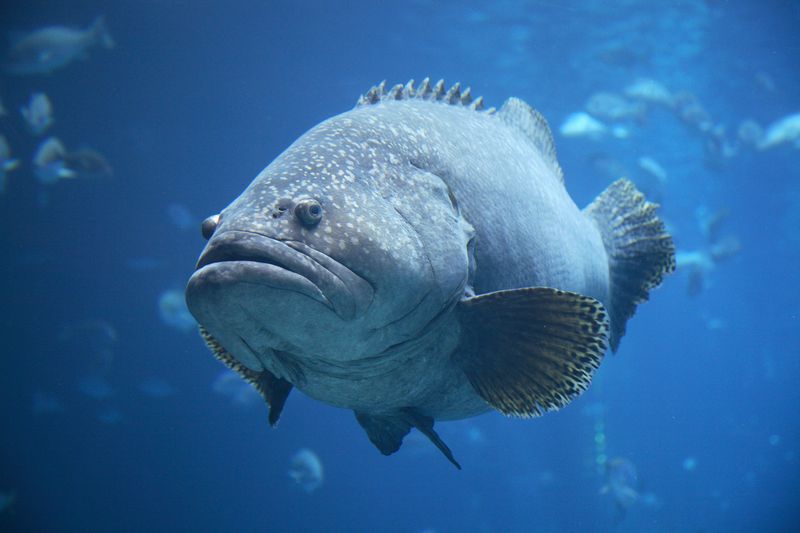
Grouper, though occasionally cheap, is often subject to mislabeling and overfishing concerns. These issues make it a questionable choice for conscientious seafood lovers.
Imagine a vibrant coral reef, home to grouper, facing threats from unsustainable fishing practices. Awareness of these concerns encourages consumers to seek verified and sustainable options, ensuring their choices support environmental conservation. Grouper’s allure is undeniable, but prioritizing ecological responsibility ensures its continued presence in our oceans. It’s a choice with a ripple effect, felt throughout the marine ecosystem.
